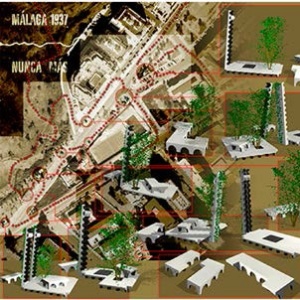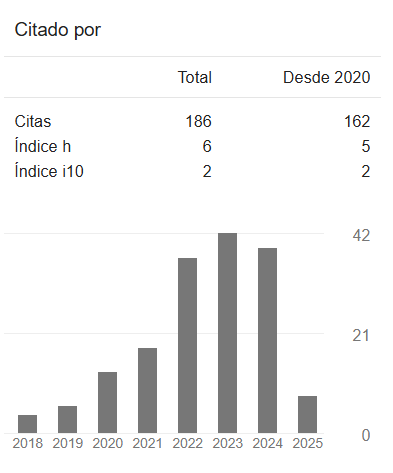Memory expanded territories
From sensory solipsism to collective experience
Keywords:
memorials, landscape, territory, collectiveAbstract
There is a resurgence of concerns over memory as a cultural phenomenon throughout the contemporary Western world since the 1980s, within the context of the international acknowledgement and condemnation of national states’ systematic violation of human rights. Architecture and Art are required to envision not the well-known monuments but alternative material media for memory. Those who promote projects for such mnemonic devices in the public space aim to contribute to achieving that these crimes against humanity happen never again. Landscape and territory are key concepts in order to understand and operationalise project strategies tending to collectively construct memory, which in turn aims to spread these complex concerns, to include a wider sector of society and commit them to such concerns, so that those committed and included should not only be those directly involved. The passage from a theoretical framework to another—from landscape project to expanded territory: a place validated by a community as a co-built social and political fact.
Downloads

Downloads
Published
How to Cite
Issue
Section
License
Open access policy
A&P Continuidad is a non-profit and open access publication. According to Mexico Declaration on Cultural Policies, the journal distribution is submitted to Creative Commons Attribution-Noncommercial-ShareAlike 4.0 International Public License (CC BY-NC-SA). “Neither the commercial use of the original work nor that of the possible derivative works are allowed. The distribution of derivative works should be submitted to the license regulating the original work. This license is not free.”
A&P Continuidad authorizes the partial or full reproduction of texts and graphs provided that the source is cited. Authors are exclusively responsible for the criteria expressed in the articles which do not necessarily reflect the opinion of the Editorial Committee or that of the Direction Board. The copyright of the published articles pertains to their authors or publishers.
Transfer of rights
The acceptance of an article to be published implies the author’s transfer of rights to the journal. Authors continue to have the right to use the material in future books or publications, approve or veto the republication of their works as well as the rights related to patents or other rights. Transfer of rights form may be downloaded here.





























 This OJS site and its metadata are under a
This OJS site and its metadata are under a 

